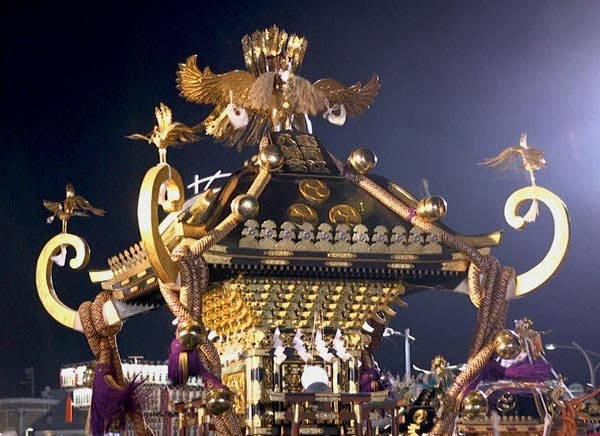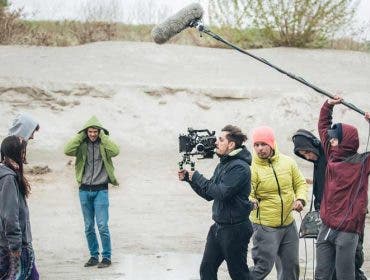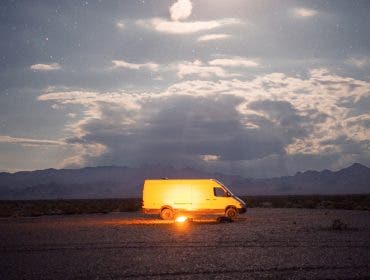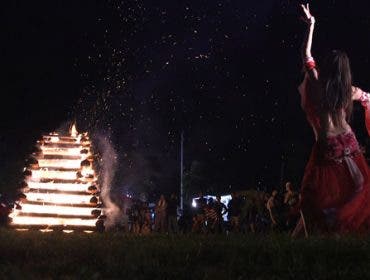What is a Mikoshi? And what does that have to do with the Canon C100 Mark II? If you read along you’ll see what I mean.
Mikoshi is a movable portable shrine that is used in the Japanese Shinto religiousrituals. These shrines are thought to carry deities. Every year in September the Sagae Festival is held in the Yamagata Prefecture of Japan. The highlight of the city’s festival is the Ritual of Mikoshi, which is performed on the very last day. This is when thousands of people participate in carrying the portable shrines. From old to young, men and woman alike, and even those not originally from Japan participate in this ancient ritual. These objects are quite heavy, and the groups of people participating are taught how to work as a team to test their endurance in difficult situations.
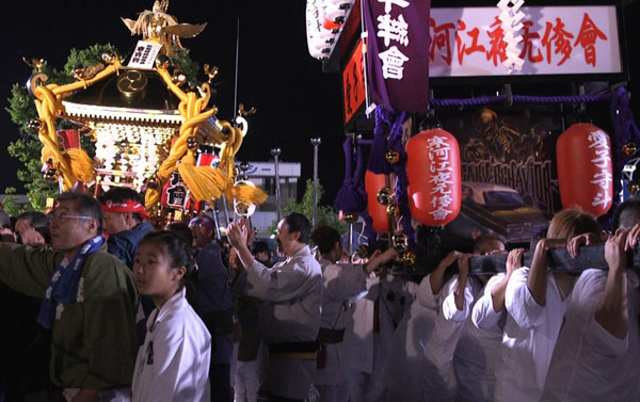
If you want to experience something from old Japan, this festival is probably the way in. To give you some background, this was my second time visiting Japan. I came to visit some friends I had made last time I visited and spent a few days in the Yamagata Prefecture to reconnect with them. They were kind enough to invite me to stay with them and scheduled my visit so that I’d make it in time to experience this beautiful festival.
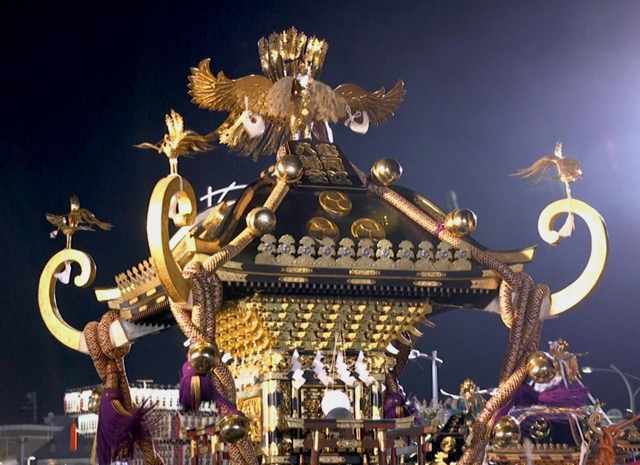
Hitoshi San was my guide and knew that I wanted to film something exciting. He is a photographer himself and has traveled all over the world. Although he wasn’t confident in his English language skills most of the time, and I certainly had little to no Japanese language skills, we got by communicating with each other, but more so when my bilingual friend was there to translate. During this event, we were often left alone as he tried his hardest to answer my questions.
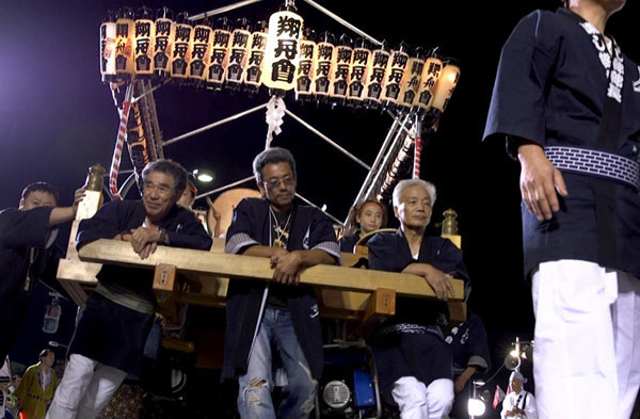
But I wasn’t complaining because Hitoshi San was able to escort me to places perfect for filming – or at least perfect for someone who was ready to film before someone motioned me to move. I had brought my small backpack that I used during the Canon 7D filming days. Surprisingly the Canon C100 Mark II did fit in the backpack, but not while it was fully assembled. I had to disassemble it, and place it in the backpack, and assemble when I wanted to film. I missed a lot of key moments because of this. I think this was probably the only time I missed the portability of my Canon 7D. But the Canon C100 Mark II is not a Mikoshi. It’s meant to combine the forces of DSLR videography with old school prosumer cameras. In fact the size of the camera has its advantages. The handle bar on the side, as well as the one used on top for audio outputs helps immensely during situations when you have no choice but to film handheld. At this event it was impossible for me to place a tripod down, so I had to film handheld a majority of the time. Unlike a Mikoshi, carrying the Canon C100 is easy and doesn’t require teamwork and to test your endurance. You will feel like you’re holding something much lighter than most prosumer video cameras.
This was my first time using the Canon C100 Mark II camera. I can’t say that I had a religious experience using it, even if I was filming a religious event. But I was pleased with how it felt and what I could get with little light and understanding of my surroundings. The second time using the camera is when I fell in love and I don’t think I can ever go back to using my Canon 7D or any DSLR camera after seeing how beautifully this camera can capture low light situations. You can read part one of mytravelogue hereto see why this is now the best camera I’ve ever filmed on.
